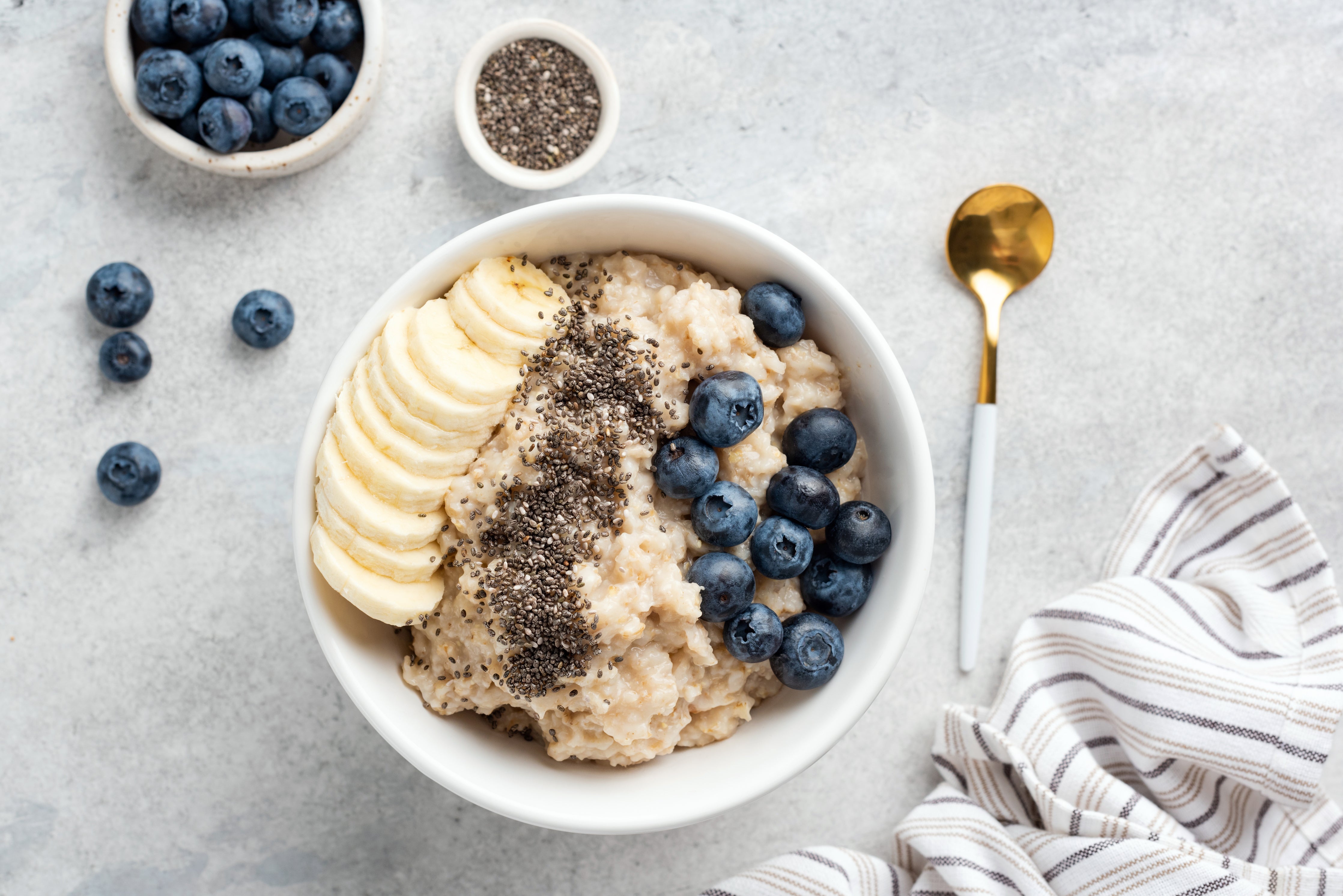The appearance of the skin is a primary indicator of age. The appearance of one's skin also reflects general health, communicates ethnicity and lifestyle. These features are largely determined by skin color, texture, firmness, and smoothness. As one ages, skin tends to become uneven in color, roughened, lax and wrinkled.
Sun-exposed areas are more sensitive to the UV radiation, and need to be covered or protected with sunscreen. Sun-exposed areas to be especially mindful of include:
- Face
- Neck
- Upper Chest
- Forearms
- Hands
These changes are more pronounced in people who are lightly pigmented. Dark pigmentation provides substantial protection against the damaging effects of acute UV irradiation.
The skin is not only the largest human organ, it is the only organ chronically exposed to the environment and on display. During the last decade, substantial progress has been made towards understanding the underlying mechanisms of human skin aging. The desire of a large proportion of the world’s adult population to maintain youthful-looking skin has fueled a multibillion-dollar industry that includes:
- Cosmetics
- Oral or topical cosmeceuticals
- Invasive and non-invasive procedures
- Laser resurfacing
- Injection of fillers
- Neurotoxins
- Surgery
Surgeries and other cosmeceuticals are often expensive and the results are not always as satisfying as expected. The best, and most natural way of keeping your youthfulness, is by taking care of your skin on a daily basis. A healthy diet and lifestyle, coupled with LifePharm's supplements can go a long way.
What Happens to Aging Skin?
A major feature of aged skin is the fragmentation of the collagen matrix. Collagen fragmentation is responsible for loss of structural integrity and impairment of fibroblast function in aged human skin. In aged skin, collapsed fibroblasts (skin cells) produce low levels of collagen and high levels of enzymes in the skin that degrade collagen, whereas when fibroblasts are functioning properly they make several types of collagen fibers and hold together a matrix made of several proteins.
- Type I collagen is the most abundant protein in human skin, comprising 90 percent of the dry weight of skin.
- Fibrous collagen types I, III, and V self-assemble into larger collagen fibers that form a three-dimensional structural network throughout the dermis. When these mechanisms are disrupted, the aging process is advanced.
What Type of Skin Do You Have - The Fitzpatrick Skin Type System
One way to combat aging skin is with adequate nutrition. A recent study evaluates protein, vitamin C and plant bioflavonoids in the improvement of skin’s appearance and collagen formation in four skin types. The “Fitzpatrick skin type” system (or phototype) classifies skin by the amount of melanin pigment in the skin.
This is determined by constitutional color (white, brown, or black skin) and the result of exposure to ultraviolet radiation (tanning). Pale or white skin tends to burn more easily and sometimes tans more slowly and poorly: it needs more protection against sun exposure. Darker skin burns less and tans more easily but is also more prone to develop post-inflammatory pigmentation after injury (brown marks).
Study Showed Skin Improvements from LAMININE and IMMUNE+++
A recent study in 47 men, ages 30-45 years with phototypes I-IV skin types were evaluated after taking several dietary ingredients for 180 days. The supplements contained protein, vitamin C and fruit extracts high in bioflavonoids with a small amount of zinc.
This supplement regimen was approximately equivalent to the protein in one LAMININE capsule and the amount of vitamin C and fruit bioflavonoids in one half IMMUNE+++ tablet (except for the zinc). After the period of supplementation even with small amounts of these valuable components, the men’s skin had improved in measurable and visible ways:
- The men’s skin showed less redness, better hydration, more radiance and overall appearance as assessed by photographs.
- Statistically significant results showed the appearance of UV-exposed and brown spots were reduced, and skin texture and pore tightness were improved, with scientific measurements.
- The study also allowed for a small piece of skin tissue to be evaluated, which showed that collagen and elastic fibers had increased. An ultrasound of the face showed improvement in collagen production.
Slow Down Aging of the Skin with LAMININE and IMMUNE+++
Even though you cannot control environmental factors, such as smog, wind, sun and pollution, you certainly can monitor what you put in your body. Much of skin health, such as fighting wrinkles, sagging skin and brown spots, depends on how you nourish the skin from the inside.
Vitamin C is a potent stimulator of collagen and elastin production and in helping to deposit the collagen fibers into the skin matrix. It inhibits the breakdown of collagen and elastin. Researchers encourage the supplementation of vitamin C to help prevent formation of dermal scars and thick scar tissue called keloids.
Scientists have recently endorsed the use of Vitamin C as it is a potent stimulator of collagen and elastin production in the treatment of wrinkled and stretch-marked skin. By including the "Skin Duo" of LAMININE and IMMUNE+++ into your daily regimen, you can help slow down the natural process of aging skin.
The vitamin C used in IMMUNE+++ is a highly effective form shown to have twice the absorption rate, and stays in the bloodstream twice as long as traditional forms of vitamin C, while the Fibroblast Growth Factor in LAMININE interacts with fibroblast skin cells, stimulating them to make collagen. LAMININE and IMMUNE+++ are such an easy, cost-effective approach to skin care, and you'll look and feel youthful, longer!


















Leave a comment
This site is protected by hCaptcha and the hCaptcha Privacy Policy and Terms of Service apply.